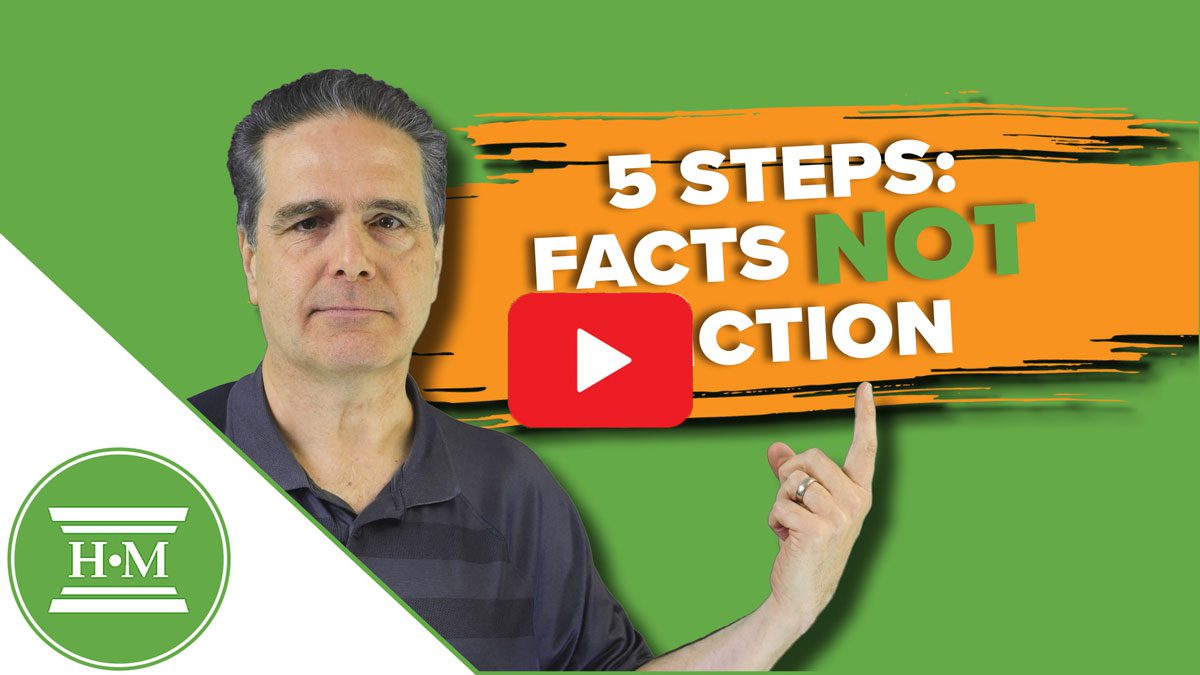Filing for bankruptcy in Canada is a legal process designed to help individuals overwhelmed by debt get a fresh financial start. It provides protection from creditors, stops collection actions, and eliminates most unsecured debts.
Before deciding to file, it’s important to understand how bankruptcy works, whether you qualify, and if it’s the best option for your situation.
How to File Bankruptcy in Canada
Bankruptcy in Canada is a legal process where you surrender non-exempt assets for the benefit of your creditors in exchange for which your debts will be eliminated. Bankruptcy is regulated by the Bankruptcy and Insolvency Act and administered by a Licensed Insolvency Trustee. The process typically takes 9-21 months and can eliminate most unsecured debts, giving you a fresh financial start.
Quick Steps Overview:
- Book a free consultation with a Licensed Insolvency Trustee
- Complete an assessment of your financial situation
- File official bankruptcy documents
- Complete your bankruptcy duties
- Receive your discharge and fresh start

Is Bankruptcy Right for You?
You are eligible to file for bankruptcy in Canada if you:
- have at least $1,000 in unsecured debt
- cannot pay your bills as they come due
- reside, do business, or have property in Canada
You may need to consider bankruptcy if you:
- Are facing a wage garnishment or collection calls
- Feel overwhelmed by credit card debt, tax debt, or other unsecured debts
Alternatives like a consumer proposal, debt consolidation, or credit counselling may be better solutions depending on your financial situation. Consulting a Licensed Insolvency Trustee (LIT) is the best way to determine the right debt relief strategy for you.
Get expert help to eliminate your debt and get a start fresh. Since 1999, our Licensed Insolvency Trustees have helped over 200,000 Canadians find their path to financial freedom.
Understanding the Bankruptcy Process
Step 1: Contact a Licensed Insolvency Trustee (LIT)
Bankruptcy in Canada can only be filed through a Licensed Insolvency Trustee (LIT), a federally regulated professional who administers bankruptcy proceedings.
All LITs in Canada, including Hoyes Michalos, provide a free, confidential no-obligation consultation. Consultations can be conducted in person or by video-conferencing.
Step 2: Assessment of Your Financial Situation
During your initial consultation, your trustee will:
- review your income, assets, liabilities (your debts), and expenses to determine if bankruptcy is the best solution.
- explain the potential consequences, such as the impact on your credit score and which assets you may need to surrender.
- help you decide if bankruptcy is the right option or if alternatives such as a consumer proposal are more suitable
Step 3: Filing Official Bankruptcy Paperwork
Once you sign the bankruptcy documents, your trustee will officially file them with the OSB (Office of the Superintendent of Bankruptcy Canada). These documents include:
- an Assignment for the Benefit of Your Creditors stating that you are filing bankruptcy
- a Statement of Affairs listing assets and debts
Upon filing, you will receive an automatic stay of proceedings, which immediately stops collection actions from creditors, including wage garnishments and legal actions.
Step 4: Completion of Duties
Surrender Non-exempt Assets
- While some assets are protected under provincial bankruptcy exemptions, non-exempt assets may need to be surrendered to your trustee.
- Exemptions vary by province but typically include basic household goods, a primary vehicle (up to a certain value), tools of the trade, and some home equity.
- Your trustee will sell non-exempt assets, and the proceeds will be distributed to your creditors.
Make Required Payments
- If your income exceeds the government-set threshold, you may be required to make surplus income payments during bankruptcy.
- You must submit monthly income and expense reports to your trustee to determine if additional payments are necessary.
Attend Two Credit Counselling Sessions
- As part of the bankruptcy process, you must attend two mandatory financial counselling sessions with your trustee or a certified insolvency counsellor.
- These sessions cover budgeting, money management, and strategies to rebuild your financial health post-bankruptcy.
Step 5: Bankruptcy Discharge and Rebuilding Credit
The final step in the process is your discharge from bankruptcy, which typically happens automatically after:
- 9 months for a first-time bankruptcy (if no surplus income is required).
- 21 months if you have surplus income payments.
Longer periods apply for repeat bankruptcies or cases requiring court approval.
Once discharged, your debts are legally eliminated, and you can start rebuilding your credit by budgeting wisely, obtaining a secured credit card, and demonstrating responsible financial behavior.
Should You Consider a Consumer Proposal?
Before choosing bankruptcy, consider a consumer proposal. It might be a better option if you:
- Want to keep all your assets
- Can make regular monthly payments
- Have a stable income
- Prefer less impact on your credit score
Use our consumer proposal calculator to see how much you could save with a consumer proposal.
Frequently Asked Questions
Take Your First Step Today
Don’t let debt stress control your life. Our Licensed Insolvency Trustees are here to help you understand all your options and find the best path forward.
Why Choose Us?
- Licensed by the Canadian government
- Over 25 years in Ontario helping people become debt-free
- No-pressure, judgment-free advice from accredited experts, not salespeople
- Clear explanations of all your debt relief options and answers to all your questions
- Immediate protection from creditors



